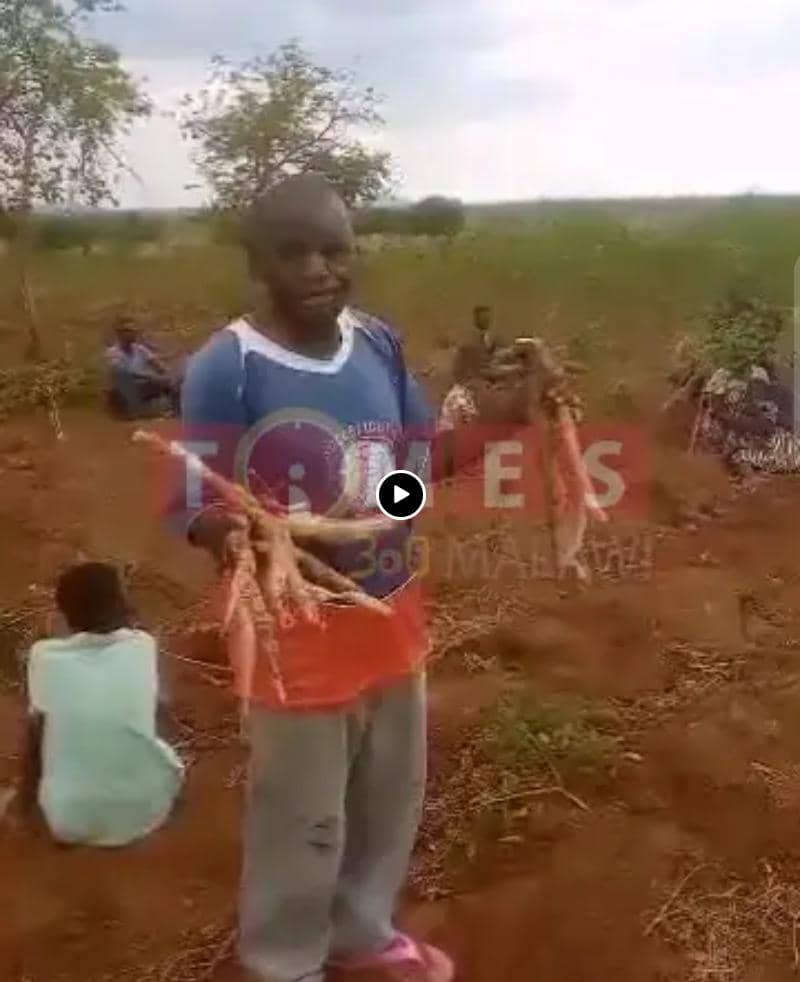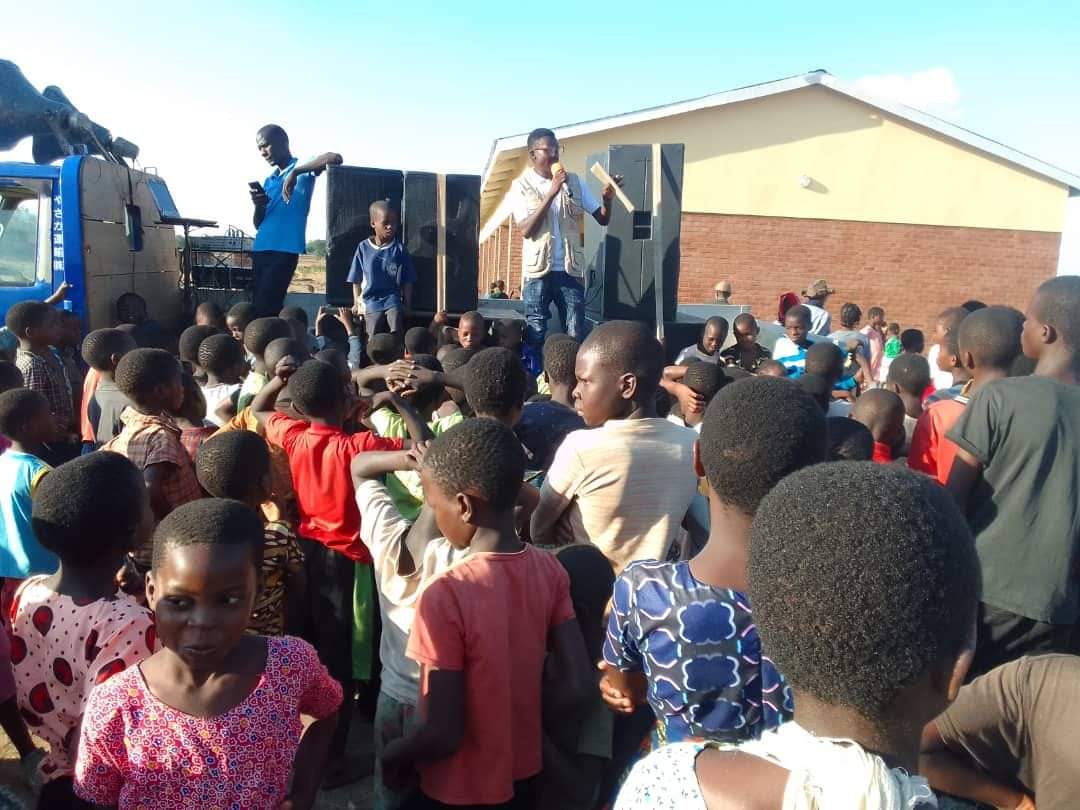By Burnett Munthali
A tragic incident has shaken Chidongo Village under Senior Chief Chilowamatambe in Kasungu District, where a four-year-old child has died after consuming toxic roots locally known as Gwalangwa. This comes amid growing food insecurity in the area, with 29 other children aged between six and seven currently hospitalized after eating the same roots.
According to village headman Gulupu Chidongo, the children unearthed the roots in a desperate attempt to find something to eat while their parents were working in the fields. The roots, which resemble cassava, are known to be poisonous but are sometimes consumed out of desperation during food shortages.
“We are struggling with hunger here, and children are resorting to eating whatever they can find,” said Chidongo. “This tragedy could have been avoided if there was enough food in the community. We urgently appeal to the government and organizations to assist us with food supplies.”
The tragedy highlights the dire food situation in Kasungu and other parts of Malawi. Just last week, the Department of Disaster Management Affairs (DoDMA) began distributing maize to affected families in the district. According to the government, 1,817 households under Senior Chief Wimbe have already received maize, with a total of 43,208 households expected to benefit over the next three months.
While these efforts are commendable, local leaders argue that more needs to be done to prevent further loss of life. Senior Chief Chilowamatambe emphasized the need for immediate and sustained food aid, particularly for vulnerable groups such as children.
“We cannot afford to lose any more lives,” the Chief said. “We urge the government, NGOs, and well-wishers to step in and save lives by providing food assistance.”
Hunger continues to be a persistent challenge in Malawi, exacerbated by poor harvests, erratic weather patterns, and limited access to resources. Many communities, including Chidongo Village, are grappling with severe food shortages, forcing families to resort to dangerous alternatives like Gwalangwa.
The death of this young child serves as a stark reminder of the devastating impact of hunger. It underscores the urgent need for coordinated efforts to address food insecurity and protect the most vulnerable members of society.
As maize distribution continues in Kasungu, it is hoped that incidents like these will be averted. However, stakeholders agree that a long-term solution to food insecurity must be found. Investments in agriculture, climate resilience, and sustainable food systems are critical to ensuring that communities like Chidongo can thrive and no child has to risk their life for a meal.
The tragedy in Chidongo Village is a call to action. Hunger is not just a lack of food—it is a crisis that demands urgent attention and collective action to prevent further loss of life.




